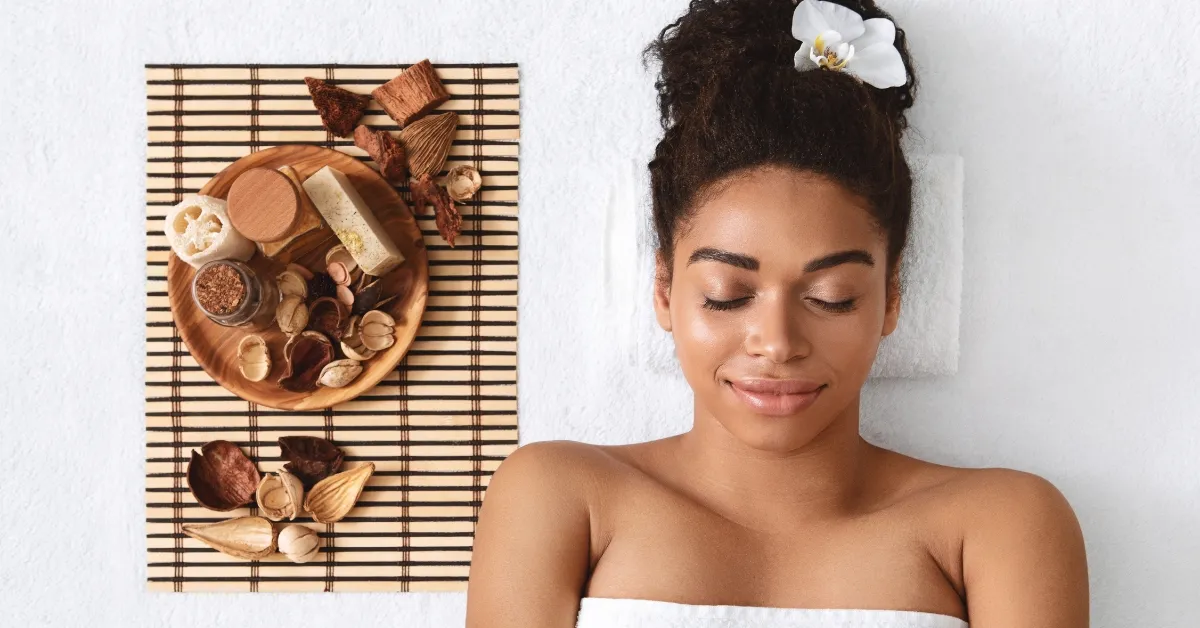VISIT OUR STORE
WELLINGTON
Lyall Bay Junction
34/70 Kingsford Smith Street
Lyall Bay, Wellington
CONTACT US
Email: hello@sevenscents.co.nz
Phone: +64 7 3946108
Visit us at our retail store in Lyall Bay Junction, Wellington. We’d love to meet you! Otherwise please reach out via phone or email.
Please make sure you follow us across our socials too!

